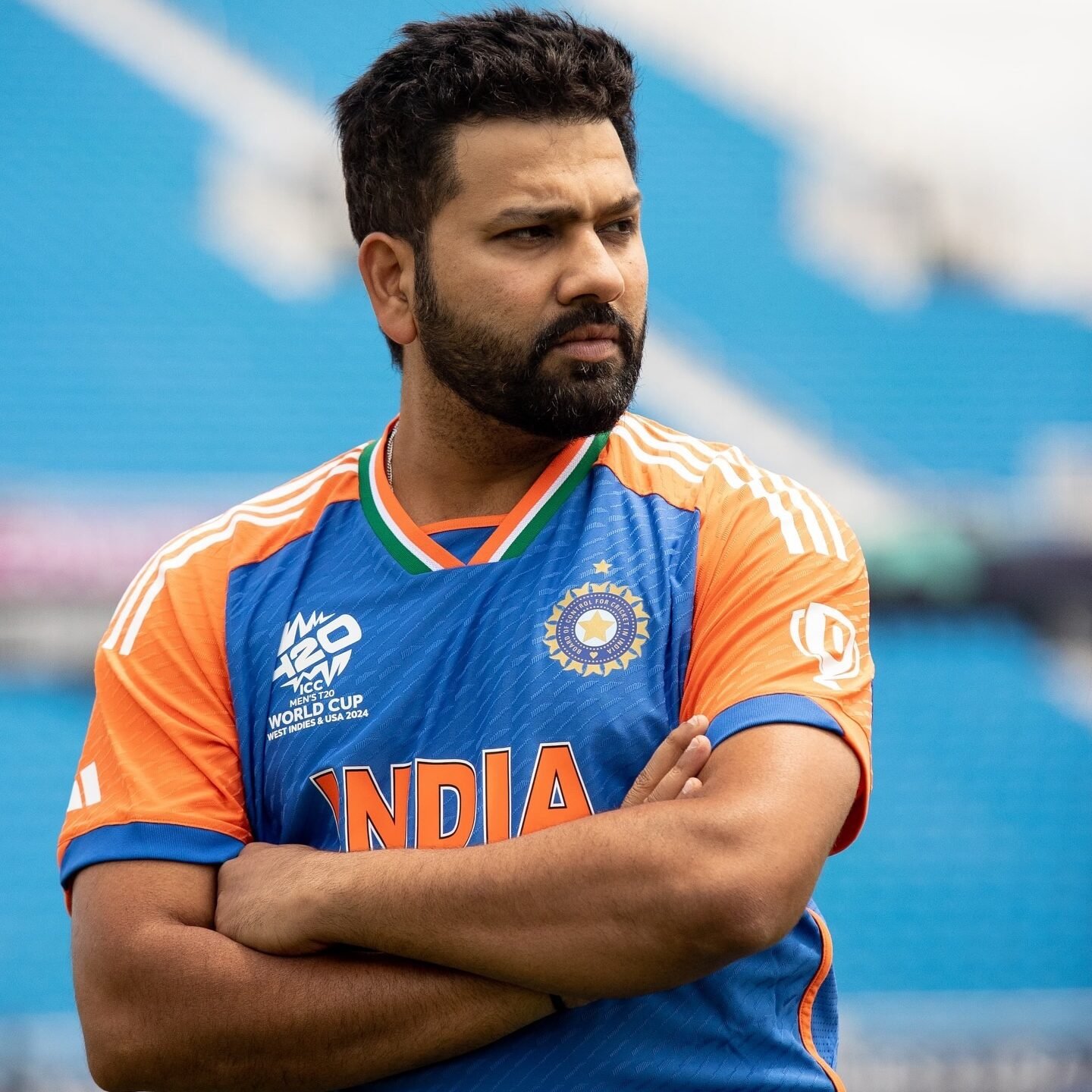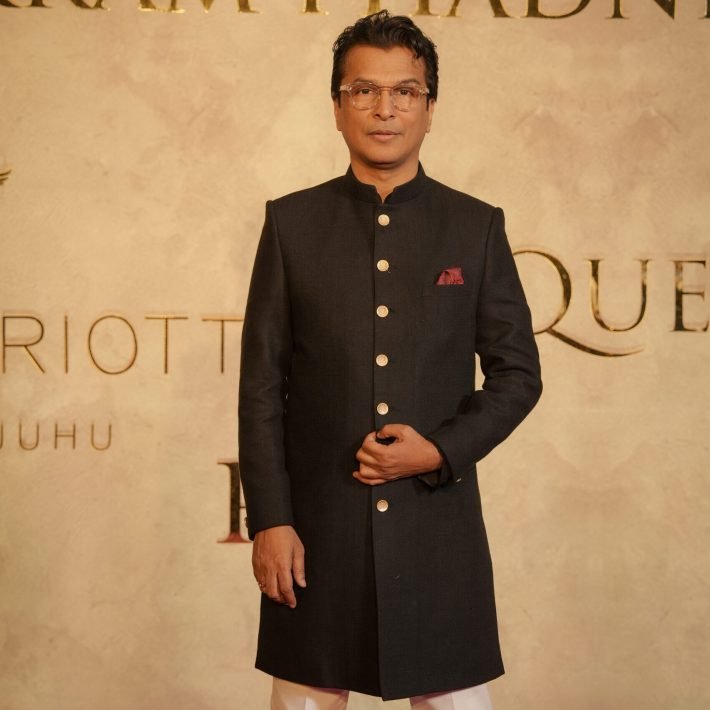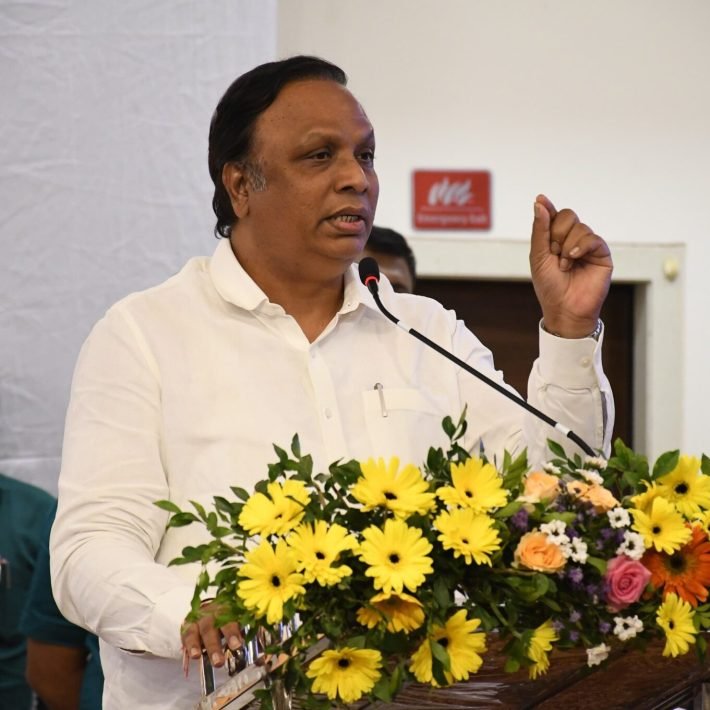Charting Rohit Sharma’s incredible journey from the bylanes of Borivali to captaincy on the international pitch.
By Stuti Kute
After India’s recent T20I win under Rohit Sharma’s captaincy, his name has been abuzz around the country – from the lips of children playing gully cricket to the older generation who grew up with Tendulkar and Gavaskar. For good reason too, as Team India’s win was nothing less than legendary. Rohit’s captaincy in ODI and T20 has been era-defining, with his signature coolness matching his equal aggression, paving the way for Team India’s spectacular performance all around.
The Beginning
Having made his ODI debut in 2007 against Ireland in Belfast, the young man was already showing promise. Although he did bat that day, the barely 20-year-old’s entry into the international cricket scene was marked by the immense potential he held – our “Hitman” in the making, as he is lovingly called by his fans owing to his tremendously powerful sixes.
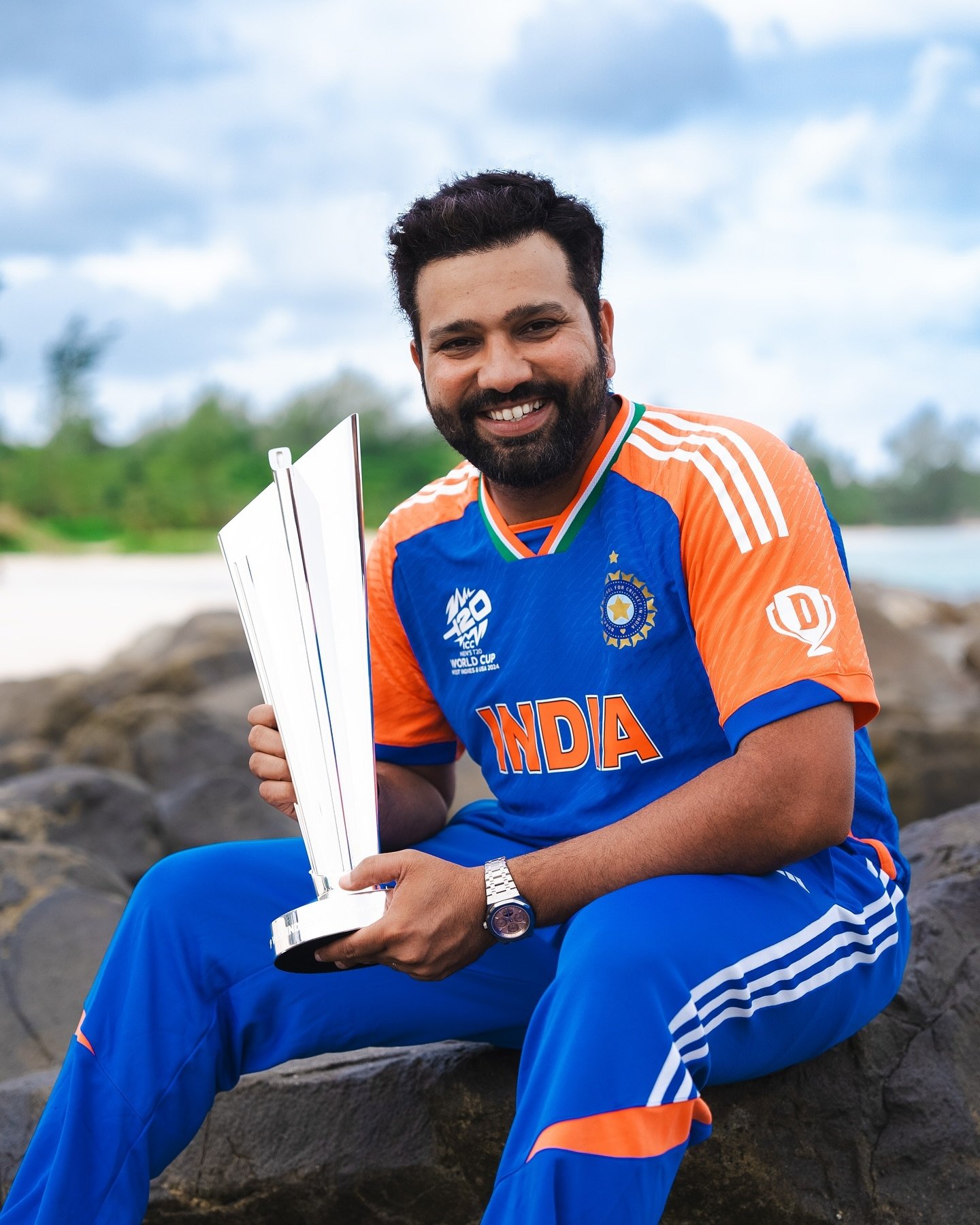
Cricket coaches have recognised that for any talented cricketer to reach his optimal form, it takes seven years. Whether there is a science to it, or if it is a romantic notion akin to the number seven, is not for us to decide. But it was certainly true for Rohit. He started as a raw talent, someone whose love for the game was in line with the gift with which he was born. Growing up, he played gully cricket like millions of other boys and girls in Mumbai and was noticed by a coach at a school game. The young maverick’s energy was notable, as he kept his cool and led his team to victory. The first to notice it was Dinesh Lad, coach at Swami Vivekananda School, Borivali, and a Dronacharya Award Winner (2022). Proposing to his family that they transfer him to his school, Lad fought to get Sharma under his tutelage. Hailing from a lower middle-class family, it wasn’t affordable for his family to pay the fees for such a prestigious school. But Lad convinced the administration to waive the fee and commenced the process of building a legend.

Although, the journey from there was no easy feat. As a young cricketer, he was, after all, competing for a spot in a city like Mumbai. This city with such a massive number of young cricketing talent gave India Ajit Agarkar, Ajinkya Rahane, Ravi Shastri, and, of course, Sachin Tendulkar. Rohit was one of the young talents that even today arrive at the city center fresh at dawn every morning, carrying a kit and a dream.
Interestingly, the now-renowned batsman started as a bowler. This was a strategic decision more than anything else, considering the long queue of young talent competing for the ‘next Tendulkar’ spot in Mumbai — he had a better chance to be noticed as a bowler. And how true was that.
He was the son of a warehouse worker, raised in Dombivali and sent to live with relatives in Borivali. Through this, he rose to become the batsman he is today, without a doubt with more grit and perseverance than what his ‘gift’ or natural affinity to cricket could offer him. He himself has said, “No matter how talented you are or naturally gifted you are, there’s no substitute to hard work if you have to maintain standards.”
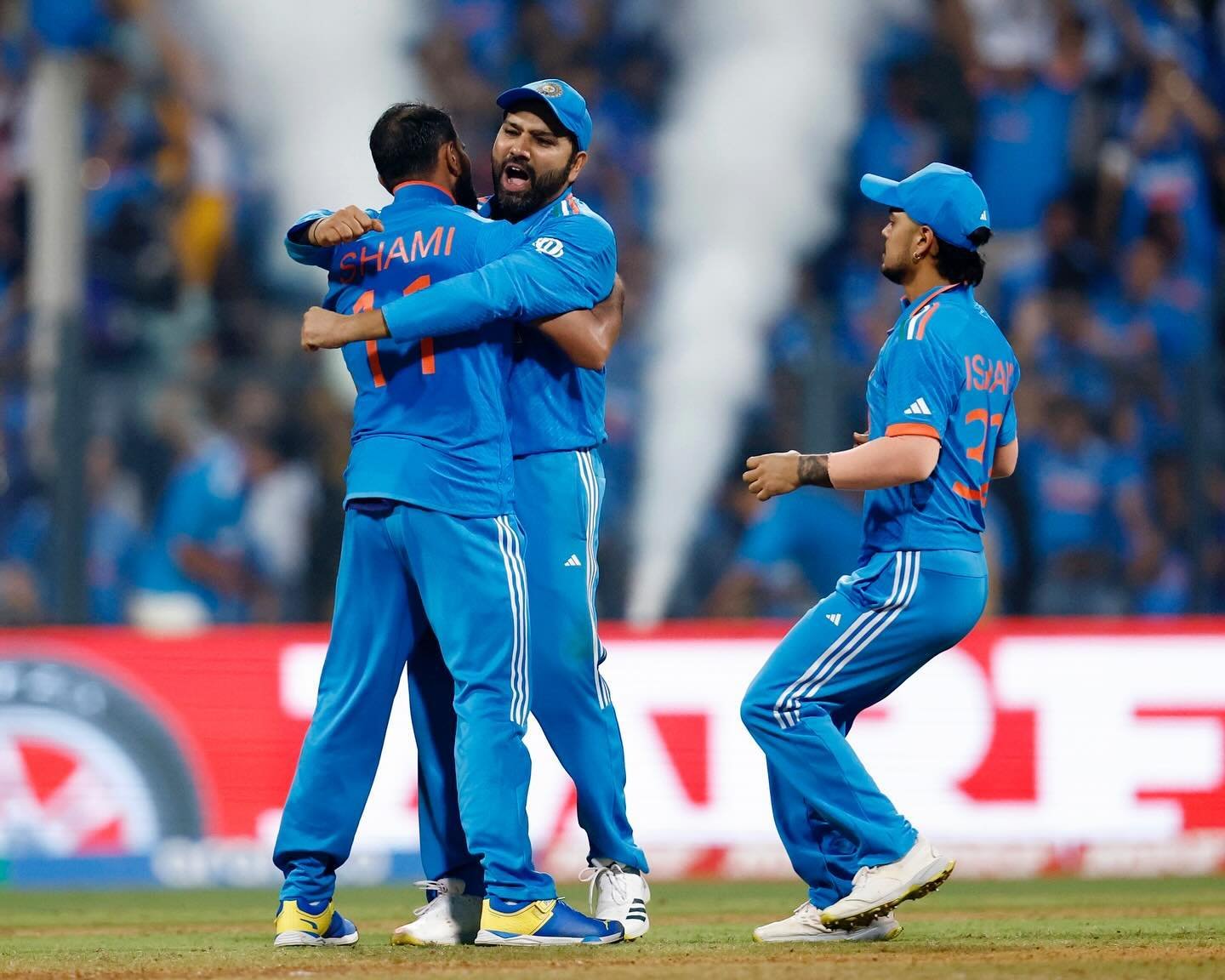
He made his Ranji Trophy debut in 2006 when his team, Mumbai, went on to win the tournament in the finals against Bengal where Rohit scored a half-century.
Rise To Fame
It was 2013, a crisp November day in Mumbai’s Wankhede stadium. Rohit’s first ever home-turf test match, where Team India was facing the then test cricket’s formidable eleven of the West Indies. On the first day, the Windies had put up a measly score of 182, and India was looking to score big. But this was no ordinary match. It was Sachin Tendulkar’s final test match, that too on his home ground of Mumbai. The crowd was on fire as Sachin came to bat, and then at 74 he attempted to cut off WI’s Narsingh Deonarine but was caught at first slip. Lest India’s innings fold up so soon and have the Windies bat again to make a bigger total, the crowd went into an uproar to have Sachin take the crease again. But instead, they were met with No. 6 Rohit Sharma. The dismay was short-lived, as the cheers kept getting louder and Sharma became the new crowd favourite, foiling every Windies bowler with just a flick of his wrist that sent the ball flying.
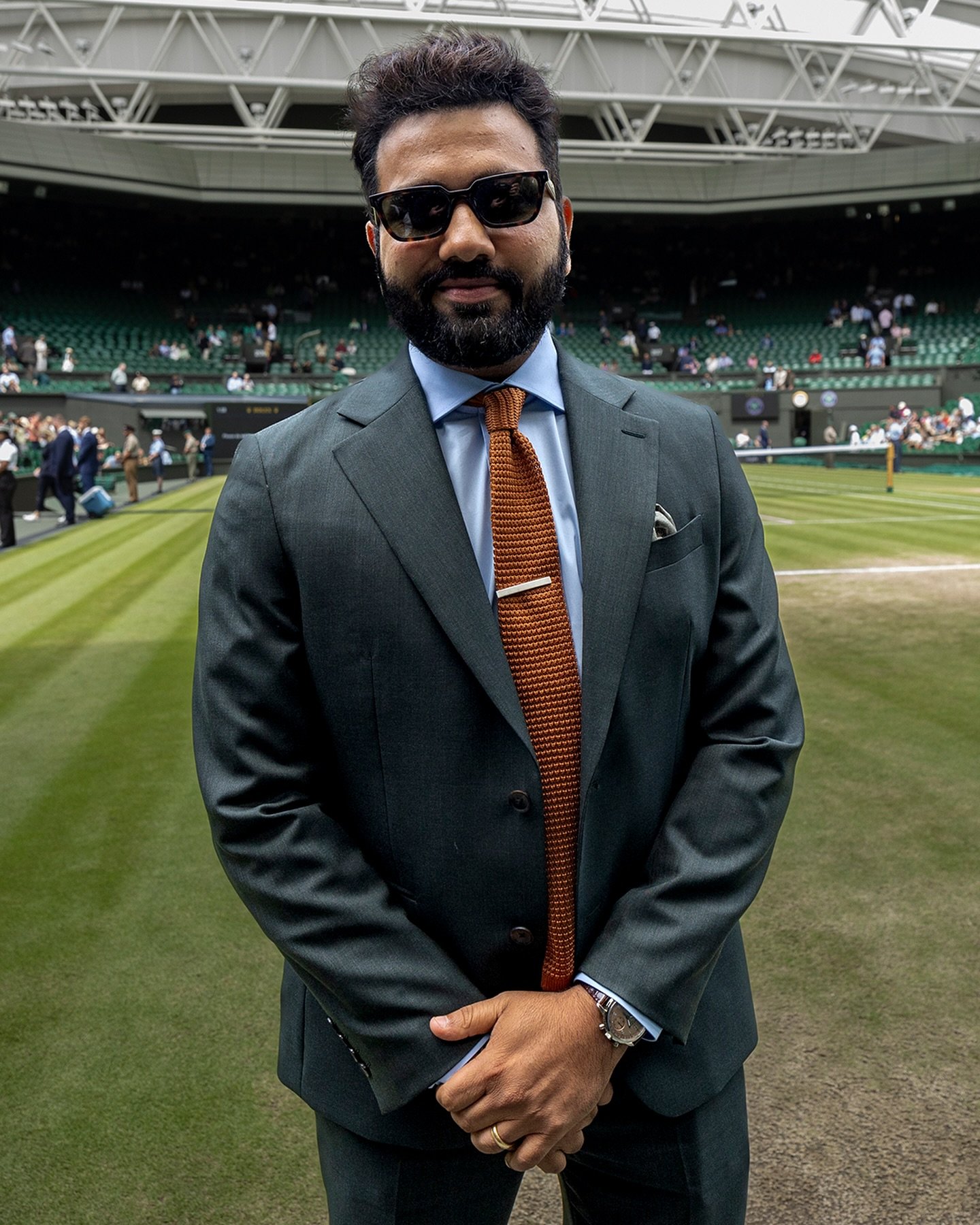
Ever since, he’s been the fan favourite, an unstoppable force – known for his easy sixes and as someone who carries the badge of prodigy not only with honour, but also with an air of experienced nonchalance. A prodigal instance to remember: The fabled ODI against Sri Lanka in 2014, where he broke all records by hitting 33 sixes in a one-day match.
A Friendship To Remember
In 2011, Rohit was already a T20 champion and an IPL winner. The World Cup rolled around, and of the 14 out of 15 of India’s squad, Sharma was a well-known face. The final spot was a tough selection between the young R Ashwin, Piyush Chawla and Pragyan Ojha. The management already had a spot for Ashwin in mind, but also needed a wrist spinner. To accommodate them, Rohit was left out and left heartbroken.
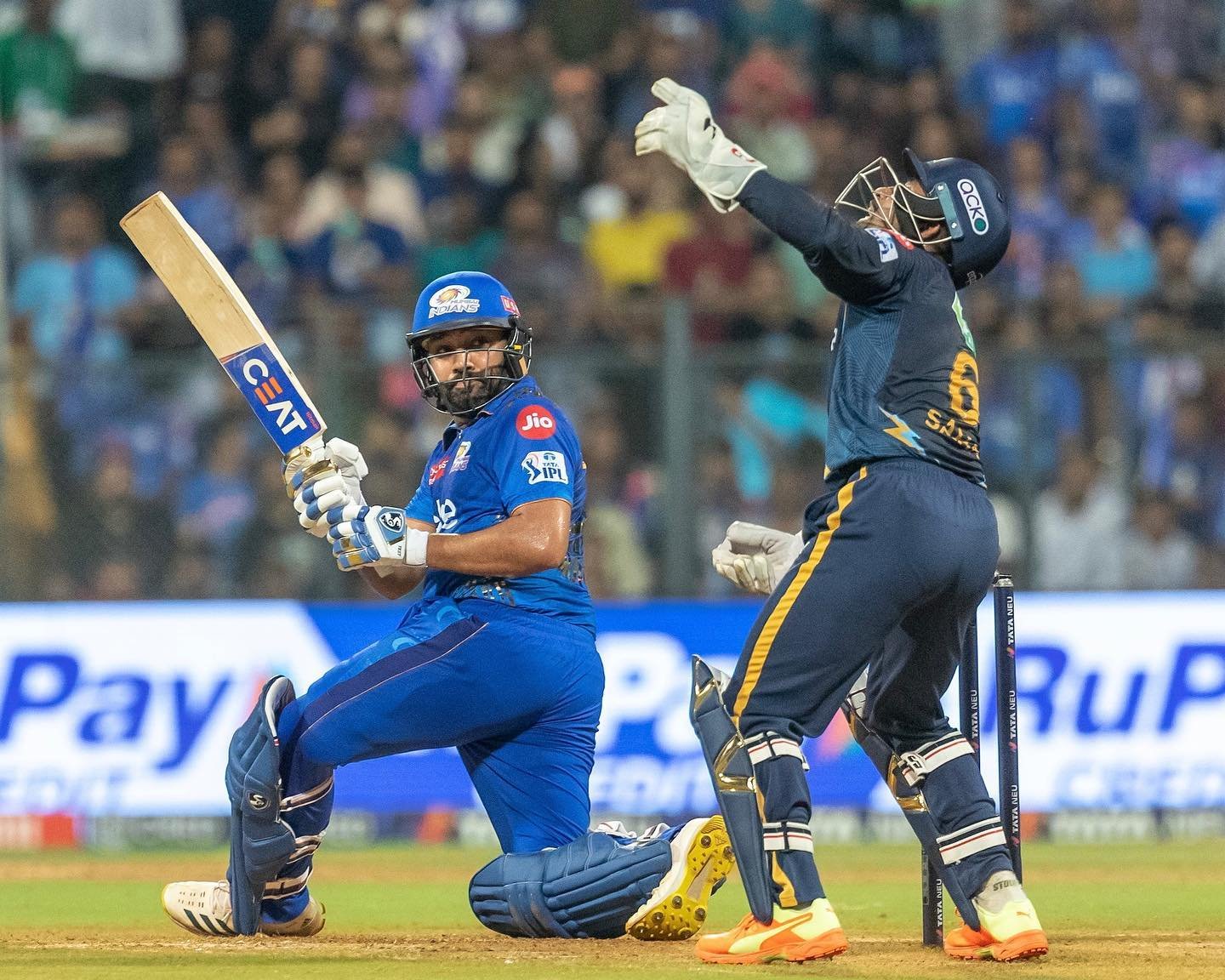
His test debut too was derailed around the same time, and media scrutiny made it worse. The media ran clips and stories on Sharma with a red circle drawn around his tummy. The body shaming that followed left our prodigy dispirited. Abhishek Nayar, one of Rohit’s best friends from the Indian team, was right there to help. Nayar, a fiery young lefty who’d made his way in the game with discipline and consistency, was exactly what he needed.
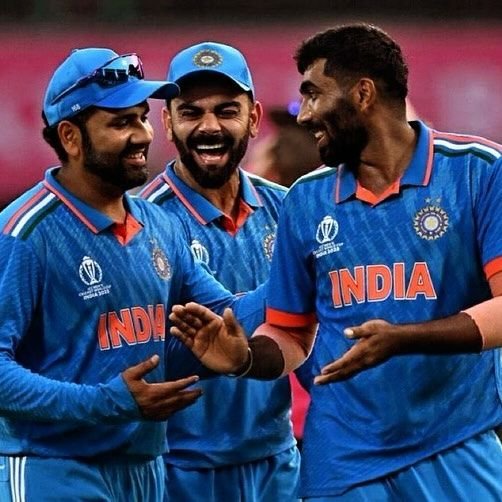
Paul Valtathy, who’d been forced to retire due to an injury early in his career, used to train with Nayar. After the World Cup selection debacle, the two sat down with Rohit to have a serious conversation about his fitness. After the providential meeting, the three were practically glued at the hip. With the grit Rohit always possessed, and Nayar’s discipline along with Valtathy’s cheers, Rohit regained what he’d lost and gained a friendship that changed his life.
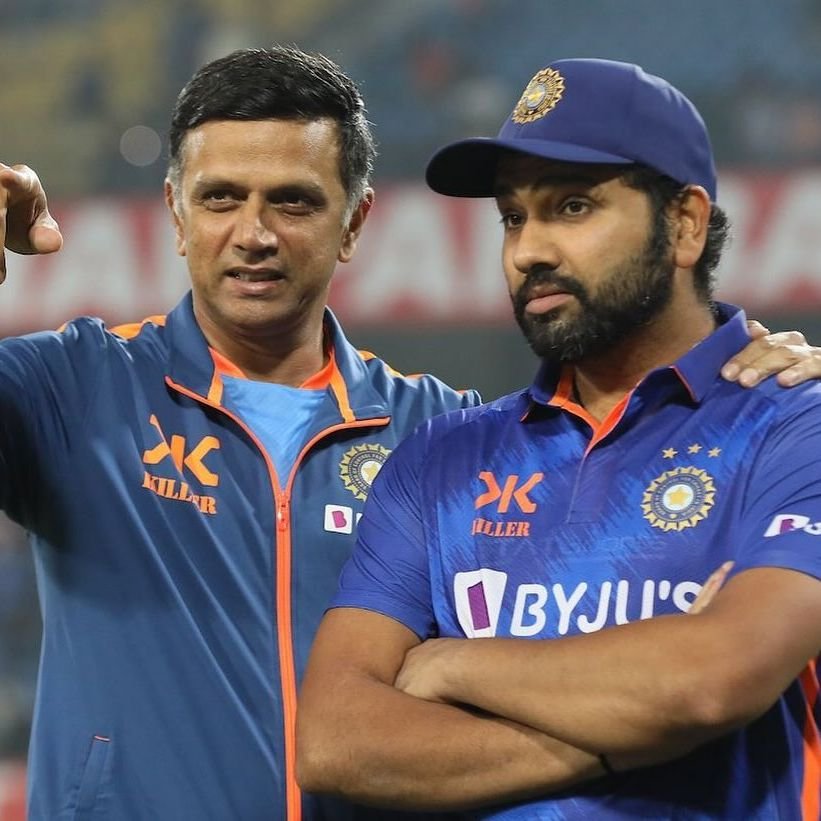
But no one wanted to touch his game, which was already near perfect. Legendary cricketer Geoffrey Boycott imagined a perfect world where the batter sees the ball early and hits it late, but Rohit Sharma did it in real life. What is recognised as the easy elegance for which he often makes the news and chilled-out hits that send the ball flying over the heads of fielders – his ability to anticipate the ball early made him a genius.
Captain, Husband, Hitman
Sharma has always had a calm demeanour. A quiet and simple person at heart, he’d never fit the trope of the famous, ruthless Mumbai cricketer. He is and always has been a warm, agreeable personality with an uncanny ability to start a conversation with anyone, anytime. But his friends at the time had noticed that his personality significantly took a turn for the better after he started dating his now wife, Ritika Sajdeh. She was his manager at the time and brought out the best in him; still does as they have been married since 2015 and share a relationship adored by Rohit’s fans.
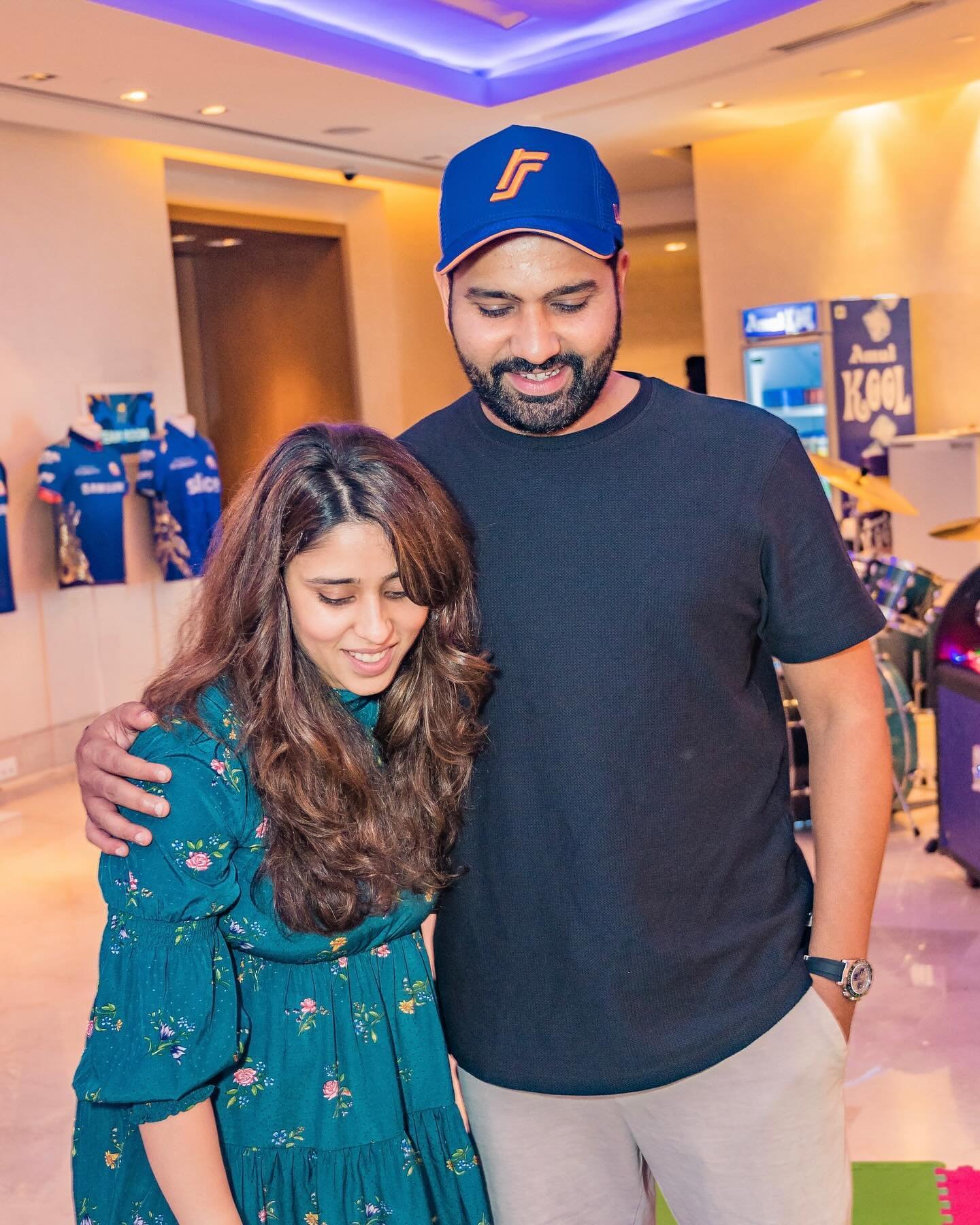
In 2021, Sharma took over from Kohli as captain for ODI International Cricket. His management style differed significantly from his predecessors. After being made captain, he distanced himself a bit as a professional courtesy but never lost the caring, brotherly energy – always ensuring that if the time came to drop anyone for a season, he’d thoroughly vetted their abilities and his own decision, never letting any outside politics mar his judgment.

Once an underdog, Rohit Sharma has grown into his gift. Impervious to banal critique from the media, he has time and again proved his mettle to anyone who dared question. In 2018, he surpassed Sachin Tendulkar and David Warner for the most ODI 150s, of which he currently holds six – also holding the record for the highest-ever ODI score of 264.
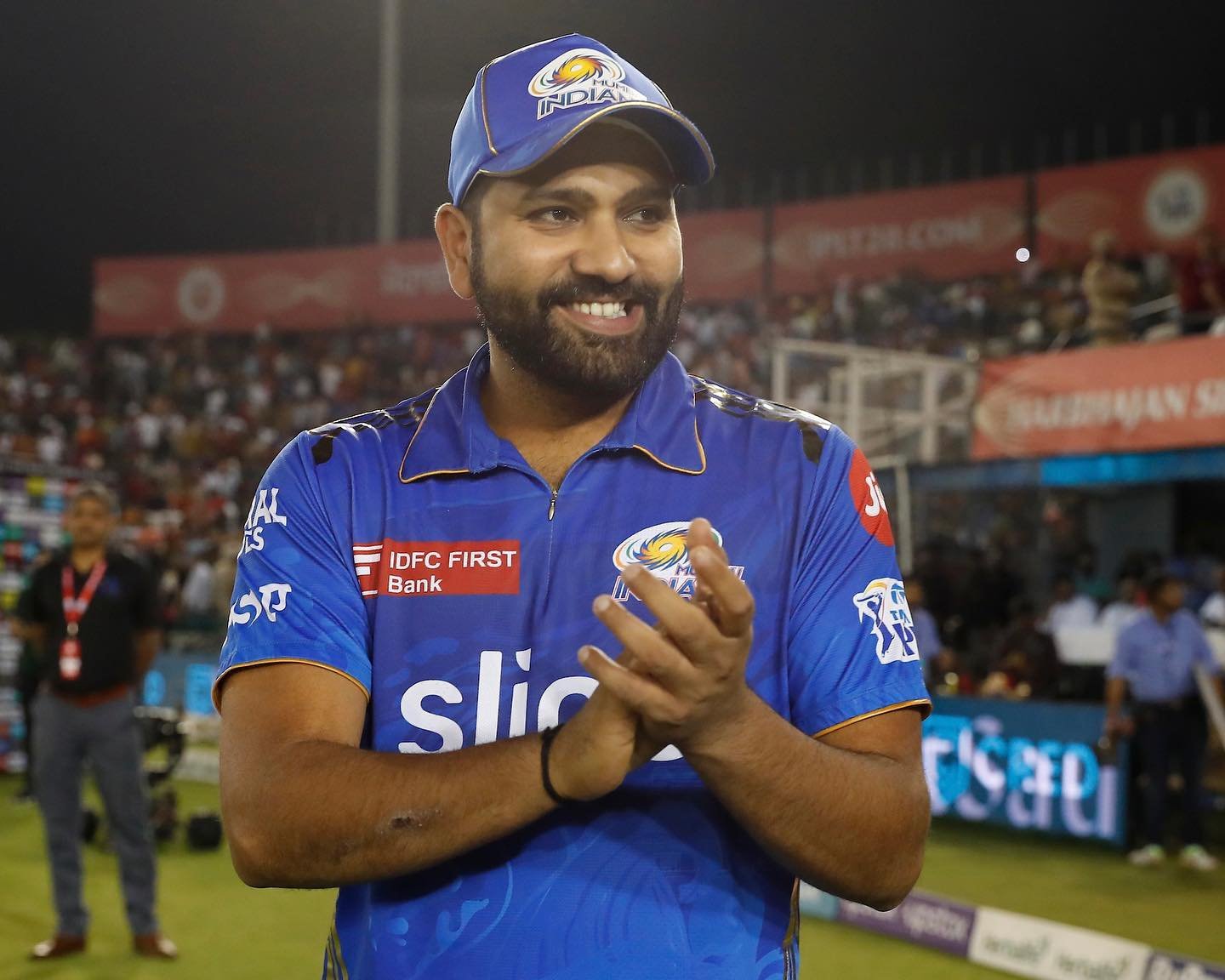
Truly a legend who’s changed the narrative of good cricket forever: He will go down in the annals of cricketing history as one of the greatest to have ever set bat to the crease.
